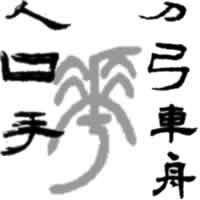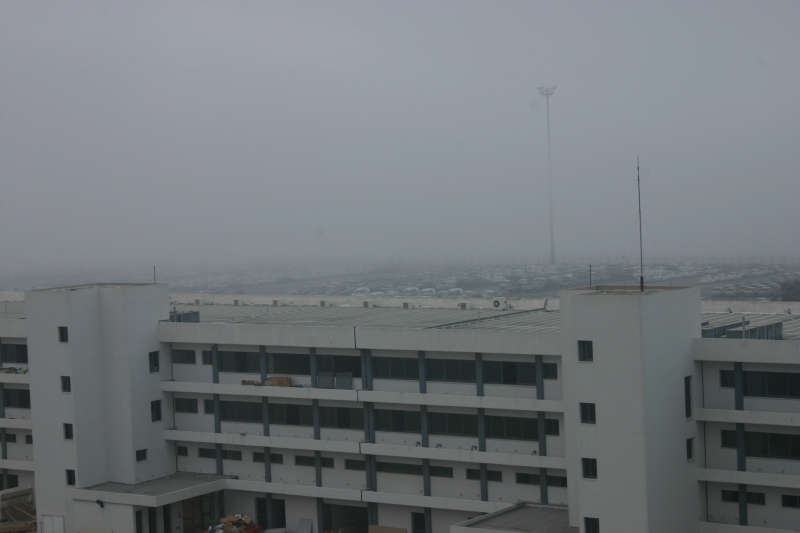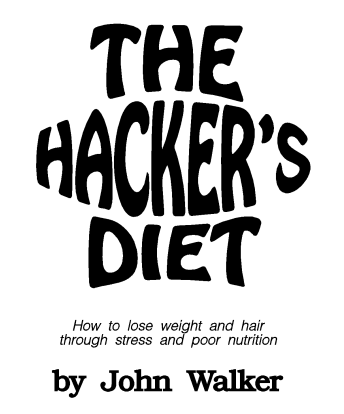Congratulations go to Vladimir who graduated today with his Bachelor of Computer Science degree from Intercollege. Pictures from his graduation are available here.
Here are few things that I want to write down regarding photographing an event like this. I should read this the day before next time. :)
First of all, it is good to have a scenario of the event. Something that I didn’t have this time. With scenario it is much easier to plan locations to shoot from. Also you will be aware of things about to happen. For example, when graduates were entering the hall, all spectators were requested to rise. This created a kind of coridor for graduates to follow, and kind of walls for photographers around. Timing for throwing hats in the air after confirmation of degrees is another example.
Secondly, one should get full media clearence. I naively assumed that as a guest of the public ceremony I will be allowed to shoot from anywhere I liked. WRONG! I was asked to leave about every place that I tried. Press people were moving around freely though.
Third, but equally important – be ready for lots of people and poor lighting conditions. People are an obstacle. They move around and get in the frame more then you want them too. Lighting is yet another problem. For better visual experience of the audience, the stage is better lighted than the audience, so it might get tricky if you want to photograph someone in the crowd. This time around I had only an on-camera flash with me, which is weak, so I had to use ISO 800 and ISO 1600, which is noisy. Still I had to throw out a few shots. Red eye reduction should be on too (something I forgot to check).
The good tip that was suggested many times – try sticking to gether with press people. They are pros, they know what they are doing and they have full clearence. They tend to shoot from the best places, and if you lucky, you will not get separated from them by the security/organizers.



